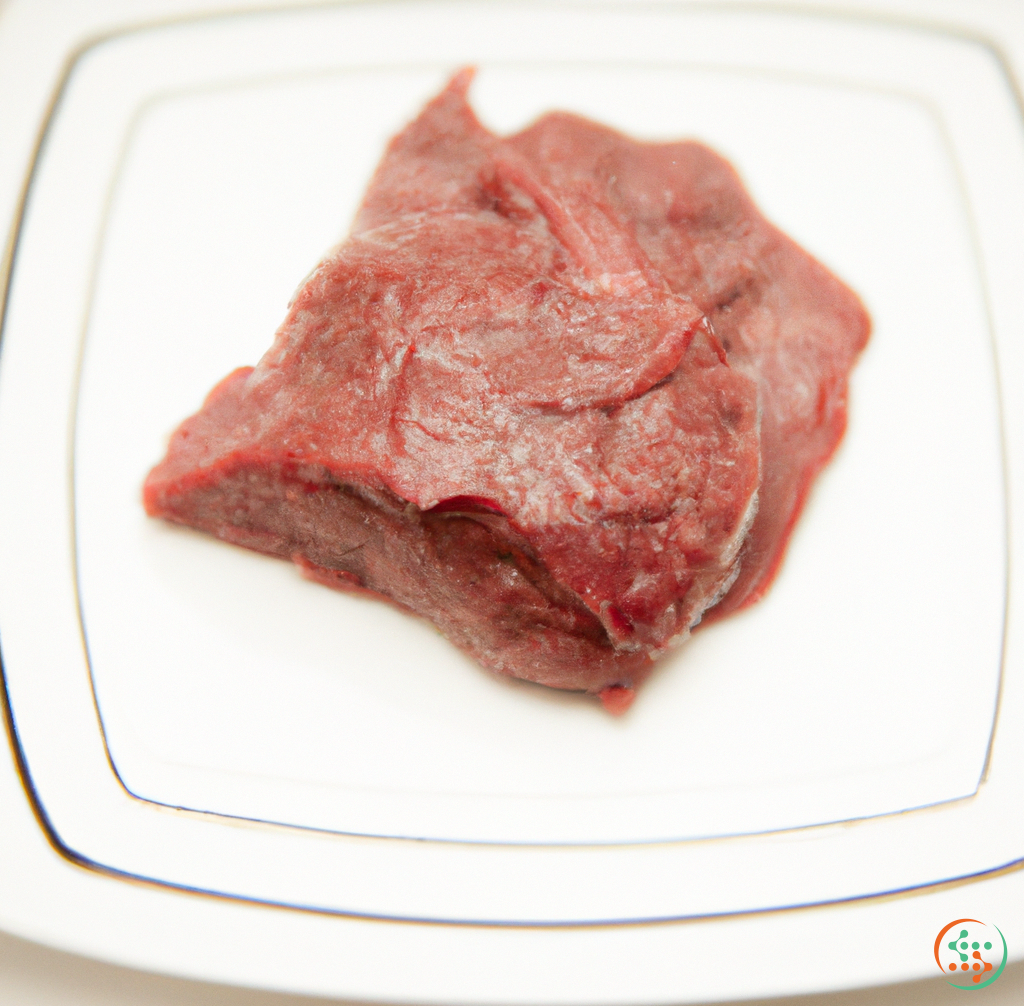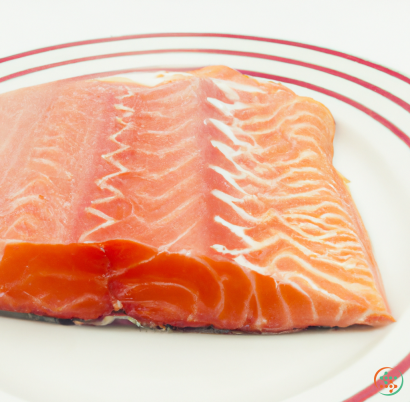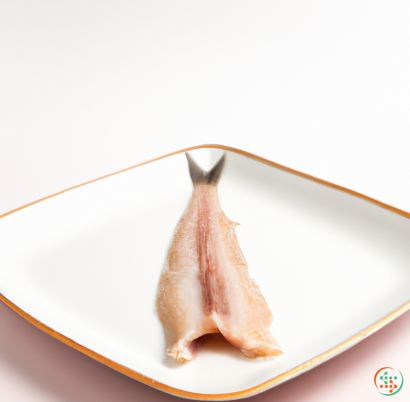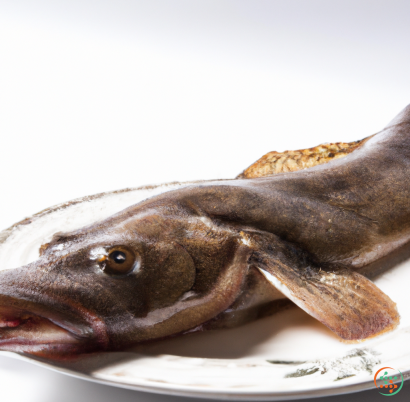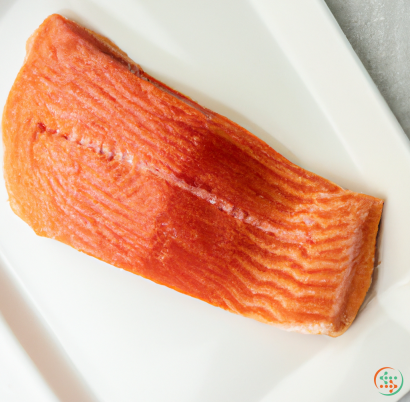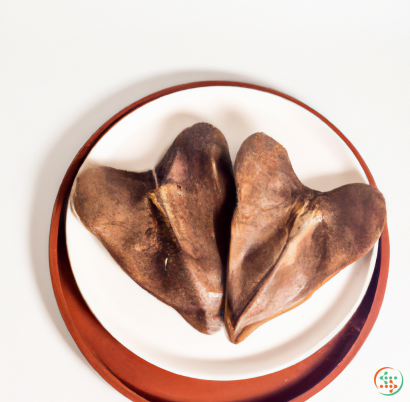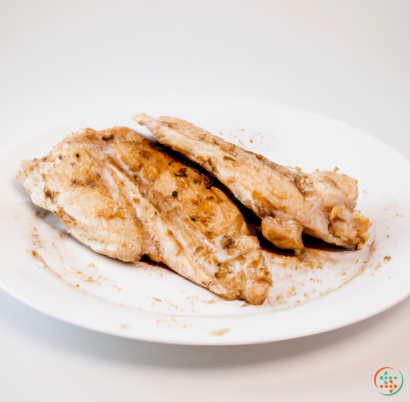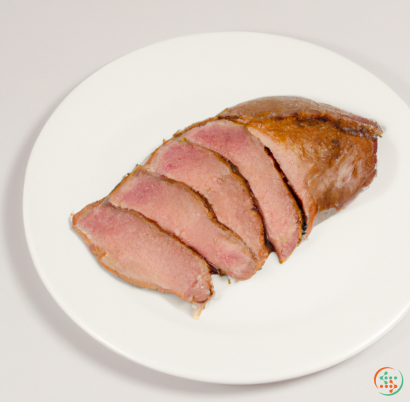Bear Meat
When it comes to alternative sources of protein, few have as much of a storied history as bear meat. Often referred to as “the other red meat,” bear meat has been a much-valued part of the diet of peoples around the world since ancient times. In addition to providing sustenance in times of need, bear meat has long had a special place in the hearts of many cultures. This article will discuss the characteristics of bear meat, including its nutritional value and culinary applications, as well as the cultural significance of bear meat in different parts of the world.
Nutritionally speaking, bear meat is quite similar to other red meats. It has a robust flavor that makes it particularly attractive to those looking for a more intense flavor than the standard beef or pork. Bear meat is also a great source of protein and iron, as well as high in other vitamins and minerals such as zinc, selenium, potassium, phosphorus, and magnesium. Depending on the type of bear and diet, bear meat may also have a high fat content as a result of high concentrations of polyunsaturated fatty acids, such as omega-3s. While not as lean as other meats such as poultry or lean beef, the fat content of bear meat can vary greatly, so it should be examined closely if you’re looking for a leaner cut.
When preparing bear meat, the main concern is effectively removing any fur or fat, as it can produce an unpleasant taste. To do this, boiling the meat or marinating it in a souring agent such as vinegar or lemon juice before cooking is often recommended. Bear meat is also best when cooked over low to medium heat otherwise, it can become tough and stringy. As with any other type of meat, the key is to cook it thoroughly. There are numerous recipes for bear meat, and depending on your personal tastes, you can use it to make stews, ragouts, and roasts.
When it comes to bear meat’s cultural significance, there is a plethora of customs and rituals surrounding it. In Japan, for instance, bear meat has been served on special occasions for centuries as a symbol of strength, luck, and power. Similarly, in Eastern Europe, it was a staple of weddings, christenings, and other important life events. Though the presence of bears is dwindling in traditional hunting grounds, it is still considered to be an honorable thing to do, and consuming bear meat is a great way of honoring and celebrating nature’s mighty animal.
It is also worth noting that there are some ethical considerations to take into account when partaking in or preparing bear meat. For instance, it is important to ensure that the bear was killed in a humane and ethical manner, as well as to take species conservation into account as well. Furthermore, bear meat should not be consumed raw, and you should avoid eating the organs and bones of the bear, as they can contain parasites and toxins.
In conclusion, bear meat is an incredibly flavorful source of protein and is steeped in cultural and historical significance. Although ethical considerations should be taken when preparing it, bear meat is a nutritious and tasty food that can be enjoyed in moderation. For those looking for an alternative source of sustenance or an exciting new way to experience the bounty of nature, bear meat is an intriguing option.
The journey of bear meat from wild animal to dinner plate is one filled with varied and complex steps. Along the way, an impressive number of individuals are dedicated to ensuring a safe and legal product ultimately reaches the dinner table. From the development of hunting regulations to assuring the meat is safe to eat in multiple ways, this multistep process requires innovative and labor-intensive collaboration.
In this blog post, we’re exploring the lifecycle of bear meat, from its source in the wild to its eventual placement in the dinner plate. We’ll discuss the main roles, requirements, and safety measures taken to assure bear meat is consumed in a responsible and ethical manner. We’ll also explore the key laws and regulations involved in the process of taking bear meat from the wild and into human consumption.
Let’s start at the beginning—the wild animal. Bears have been hunted for millennia, and today, North American black and brown bears are the most harvested species. In most cases, the bear hunting season (the timeframe when hunting can legally take place) occurs in the fall, during the animal’s mating period. Bear hunting is managed through an elaborate set of regulations, and laws vary from state to state. These laws determine who is allowed to hunt, where it can take place, and how many animals can be taken. For example, some states may require hunters to register before hunting or ask them to adopt strategies such as waiting at a specific bait station as opposed to actively searching for bears. In order to ensure a safe and successful hunt, many of these rules are put in place to ensure that the overall bear population is sustained and does not become endangered.
Nevertheless, hunting is a dangerous activity, and it should not be undertaken without proper guidance, training and experience. Before any bear can be hunted, respectively, the hunter must be licensed, and any weapons used need to meet the necessary legal requirements. In addition, all harvested animals must be tag so they can be tracked, monitored, and accounted for.
Once the bear has been harvested, the responsible hunter must immediately take care of the animal’s meat and hide, which means properly handling, dressing, and preserving the animal. Otherwise, the meat could spoil. The hunter must also take special care and attention when transporting the animal to an appropriate storage unit. This typically involves transporting the animal in an ice-filled chest, which can help maintain the quality of the meat while in transport. Once at the storage unit, the hunter has the opportunity to immediately freeze the animal or store it dry.
Once the hunter has taken the necessary steps to store the bear meat, it can be utilized for human consumption. Within the United States, the national standards for inspecting meat are established by the United States Department of Agriculture (USDA). Although private companies are usually involved in their own inspection procedures, their decisions are ultimately based on USDA regulations. To be approved for consumption, bear meat must first pass through one of the USDA’s Food Safety and Inspection Service (FSIS) plants. The meat will be inspected for pathogens, inspected for damages/deformities, and processed for almost any further preparation it might require to get it up to standard. After the meat passes inspection it will be labeled as a USDA approved product to be sold and consumed by the public.
If the bear meat is approved by the FSIS, the approved meat can be sent to processors, wholesalers, and retailers, who will then prepare it in a variety of ways to be sold. For example, the bear meat might be made into burgers, sausages, or roasts. It is also common for parts of the bear’s skeleton and organs to be used in various traditional medicines, as well as luxury items, such as handcrafted jewelry.
Bear meat is a versatile food source that is found in many cultures. Across Europe, for example, bear meat is a popular delicacy. In the United Kingdom, it may be served as a pan-fried steak or slow-cooked stew. In North America, popular recipes include bear chili, baked bear steak, or even bear jerky. In Russia, where bear meat is a traditional staple, it is often roasted, boiled, or fried. Whether consumed as steak, stew, or jerky, bear meat is generally low in fat, high in protein, and full of flavor.
So, there you have it! The lifecycle of bear meat, from the wild to dinner plate. Although consuming bear meat is a decision based on personal taste, it is undeniably an essential part of our world’s heritage and history. For this reason, we should strive to maintain its responsible and sustainable harvesting, processing, and consumption to ensure it remains part of our global traditions for generations to come.
| Vitamin E | 0.49 mg | |
| Vitamin K | 0.0018 mg | |
| Vitamin B1 | 0.1 mg | |
| Vitamin B2 | 0.82 mg | |
| Vitamin B3 | 0.00335 grams | |
| Vitamin B4 | 0.1223 grams | |
| Vitamin B6 | 0.29 mg | |
| Vitamin B9 | 0.006 mg | |
| Vitamin B12 | 0.00247 mg |
| Calcium | 0.005 grams |
Daily Value 1.3 g
|
| Iron | 0.01073 grams |
Daily Value 0.018 g
|
| Magnesium | 0.023 grams |
Daily Value 0.4 g
|
| Phosphorus | 0.17 grams |
Daily Value 1.25 g
|
| Potassium | 0.263 grams |
Daily Value 4.7 g
|
| Sodium | 0.071 grams |
Daily Value 2.3 g
|
| Zinc | 0.01027 grams |
Daily Value 0.011 g
|
| Copper | 0.15 mg |
Daily Value 0.9 mg
|
| Selenium | 0.0112 mg |
Daily Value 0.055 mg
|
| Total Sugars | 0 ug |
per 100g
|
| Myristic acid (14:0) | 0.19 grams |
|
| Palmitic acid (16:0) | 2.07 grams |
|
| Stearic acid (18:0) | 0.77 grams |
|
| Total Saturated fatty acids: | 3.03 g | |
| Oleic acid (18:1) | 4.13 grams |
|
| Palmitoleic acid (16:1) | 0.73 grams |
|
| Gadoleic acid (20:1) | 0.06 grams |
|
| Total Monounsaturated fatty acids: | 4.92 g | |
| Omega-3 Clupanodonic acid (22:5) | 0.03 grams |
|
| Linolenic acid (18:3) | 0.05 grams |
|
| Linoleic acid (18:2) | 1.57 grams |
|
| Total Polyunsaturated fatty acids: | 1.65 g | |
| Cholesterol | 0.1 grams |
|
| Total Sterols: | 0.1 g | |
